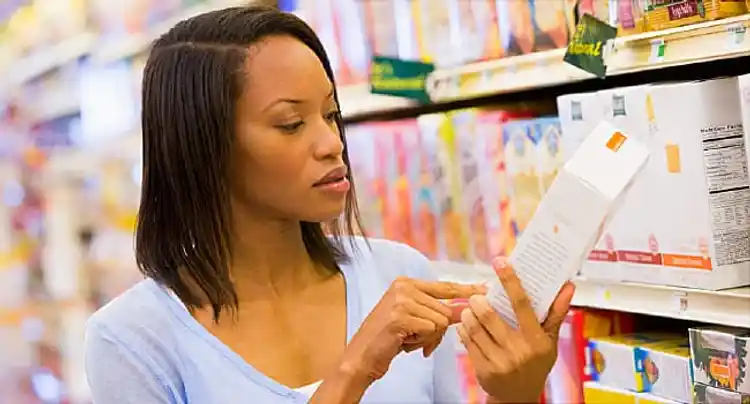How to Read a Food Label

Hide Video Transcript
Video Transcript
HANSA BHARGAVA
Remember, there's two areas of the food label that you should be paying attention to-- the nutrition facts and the ingredients. The nutrition facts is great information, because it actually tells you about serving sizes. So for example, if you're looking at a bottle of vitamin water or soda or a bag of chips or crackers, you can look at how many servings there and know that that's how much you're supposed to eat.
Also, it's important to remember to look for items that you want in your food and items that you don't want in your food. Items that you want in your food are protein-- obviously, that's great nutrition-- and also fiber. A high fiber food is something that contains four grams of fiber or more.
Items that you don't want in your food are cholesterol or trans fats. Those are not good for your heart. And it's important to eat those in very moderate amounts, if at all.
Now lastly, let's look at the ingredients label. The ingredients label is great information as well. And that is because it tells you what's in the food. What's required is that the companies list from what's the highest amount in a product to the lowest amount in a product.
So, for example, if you're at a grocery store and you're looking at a cereal box, and the first item is sugar, probably not a great choice, because that means there's a lot of sugar in there. Also, for sugar, there's a lot of other words that can mean sugar as well-- high fructose corn syrup, fructose, cane syrup. So be aware of those words and look for them on the label.
And also, remember, if there's ingredients that you can't read or don't know how to pronounce, probably not good for you either.
So how do you put this all together? Well, probably the most important things to remember is what not to have-- cholesterol, trans fats, especially-- and also what portion size there are. And lastly, the less the number of ingredients, the better it probably is for you, such as fruits and vegetables, an apple, for example. Apple, that's it.

